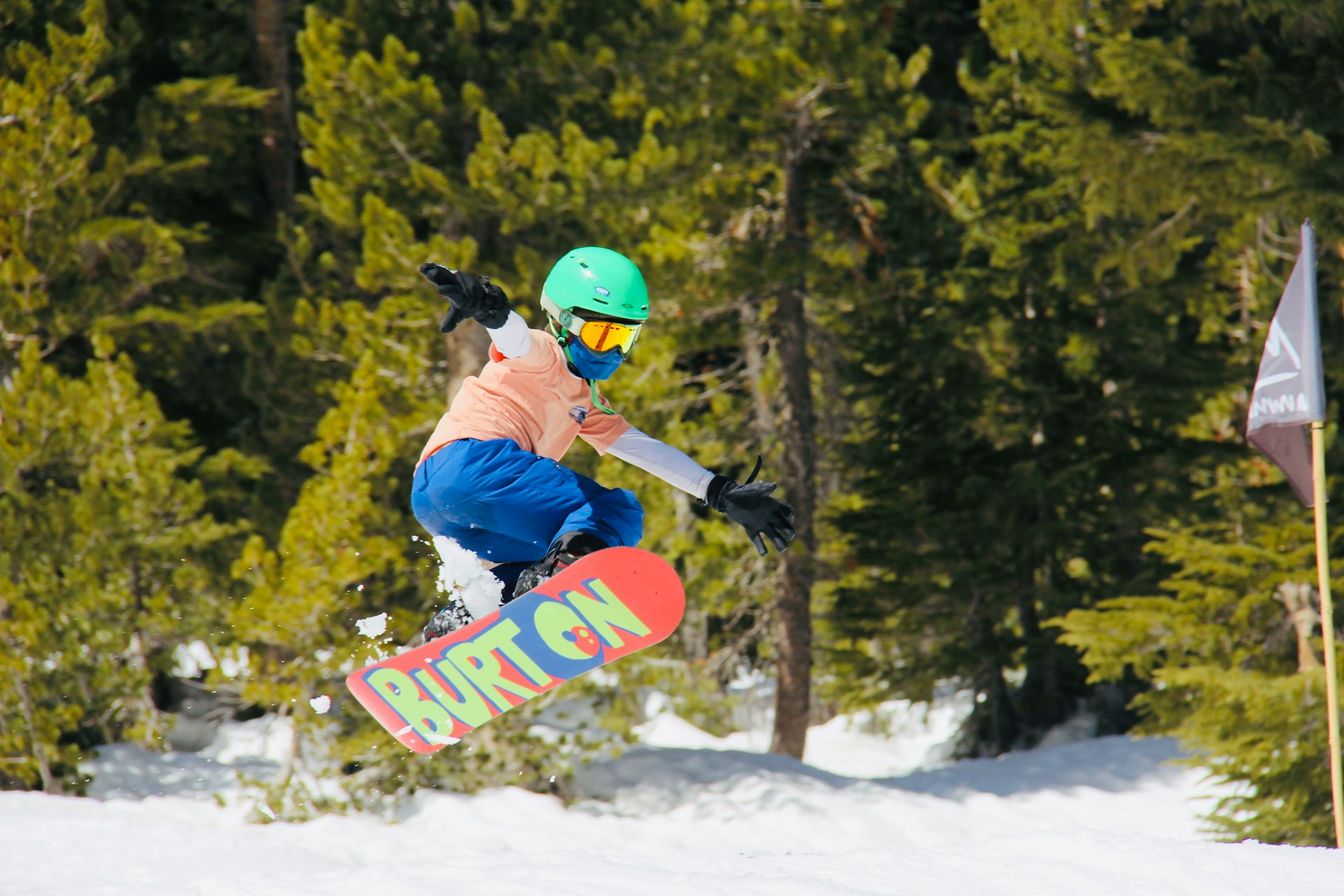
Adaptive snowboarding is transforming how individuals with physical disabilities experience winter sports. What was once considered an activity only for the non-disabled has become a powerful example of inclusion and perseverance. Through specialized equipment, training programs, and community support, adaptive snowboarding offers not only a thrilling sport but also a means of physical therapy, empowerment, and personal freedom. This revolutionary approach is helping people reclaim agency over their bodies and lives, demonstrating that limitations are often only as accurate as we believe them to be.
Evolution of Adaptive Snowboarding
The journey of adaptive snowboarding began with athletes and innovators determined to bring snow sports to everyone. Early attempts involved modifying standard snowboarding equipment for individuals with limb differences or mobility impairments. Over time, organizations like the Adaptive Sports Foundation and Disabled Sports USA developed structured programs to train and equip disabled athletes.
With advances in prosthetics, sit boards, outriggers, and other assistive technology, the sport became more accessible. The inclusion of para-snowboarding in the 2014 Paralympic Games marked a significant milestone, legitimizing adaptive snowboarding on a global stage and inspiring a new generation of riders.
Specialized Equipment That Makes It All Possible
Adaptive snowboarding relies heavily on the right tools to accommodate varying physical needs. Standard adaptive snowboarding gear includes:
- Outriggers: Pole-mounted mini skis used for balance and turning.
- Sit-boards: Specialized boards with mounted seats for those who cannot stand while riding.
- Prosthetics and Orthotics: Custom limbs designed to withstand the rigors of snowboarding.
- Tethering Systems: Assistive ropes or straps instructors use to guide new riders.
These innovations allow riders to maintain stability, adjust weight distribution, and control movement even with significant physical impairments. Each piece of gear is carefully tailored to match the user’s body and goals.
Training and Instruction Tailored to Individual Needs
Training in adaptive snowboarding involves both physical and psychological elements. Instructors are certified to work with athletes of various abilities, ensuring safety and skill development at every stage. Lessons often begin with basic balancing exercises on static boards, followed by gentle slopes and complete mountain runs.
Instruction also includes mental coaching. Adaptive athletes may deal with anxiety, PTSD, or confidence challenges. Coaches are trained to support riders beyond physical technique, often as mentors. This personalized attention builds trust and encourages students to push boundaries at their own pace.
Breaking Barriers on and off the Slopes
Adaptive snowboarding is more than just recreation—it’s a tool for breaking societal and internal barriers. Mastering a board or gliding down a mountain creates an undeniable sense of accomplishment. It reframes how individuals view themselves and how society views disability.
Participants often find that success in adaptive snowboarding influences other areas of their lives. Confidence gained on the mountain spills into work, relationships, and community involvement. Adaptive athletes become role models, helping others see what’s possible with the right mindset and support.
Moreover, as adaptive snowboarding becomes more mainstream, it forces ski resorts, equipment manufacturers, and even sporting event organizers to think inclusively. This results in better access, more universal design, and increased awareness of the need for inclusive infrastructure across all sports.
The Role of Community in Progress
Community is at the heart of adaptive snowboarding. Whether through local adaptive sports centers or international Paralympic events, athletes thrive when surrounded by others who understand their journey. These spaces foster camaraderie, mutual encouragement, and shared triumphs.
Organizations like Adaptive Action Sports and the National Ability Center are instrumental in building these communities. They host events, competitions, and camps that promote athleticism, inclusion, education, and outreach. These initiatives help reduce isolation among disabled individuals and create a support network that extends beyond the slopes.
Inclusion in Competitive Snowboarding
Competitive adaptive snowboarding has gained significant ground over the past decade. With categories such as Upper Limb Impairments, Lower Limb Impairments, and Vision Impairments, competitions are designed to ensure fair play. The Paralympic Games, World Para Snowboard Championships, and X Games have all embraced adaptive athletes.
These competitions provide a platform for showcasing skill, strength, and determination. They also increase visibility for adaptive athletes, challenge stereotypes, and encourage sponsors and media to support a more diverse set of athletes.
Despite progress, there are ongoing challenges. Limited funding, lack of accessible facilities in some areas, and unequal media coverage still exist. However, with increased awareness and demand, these barriers continue to fall.
Advocacy and the Road Ahead
The growth of adaptive snowboarding owes much to persistent advocacy. Athletes, trainers, and allies have lobbied for better access, funding, and recognition. Programs for youth with disabilities are incredibly impactful, encouraging lifelong fitness and personal development.
The focus will likely be on expanding access in underrepresented regions, improving technology, and increasing educational outreach. Continued partnerships between government, nonprofits, and private companies will shape this future.
Additionally, as adaptive snowboarding intersects with broader social movements around diversity and inclusion, its message becomes even more powerful: that sports should be for everyone, regardless of physical ability.
A New Standard for Adaptive Sports
Adaptive snowboarding is not just changing lives—it’s setting new standards in sports innovation, inclusivity, and community building. As technology evolves and awareness grows, so does the sport’s potential to reach more people worldwide.
Adaptive snowboarders are proving that the slopes are for everyone, from weekend hobbyists to elite athletes. Their stories of courage and resilience are reshaping how we define success, strength, and adventure. In embracing adaptive snowboarding, we’re not only breaking barriers but building a future where possibility knows no limits.